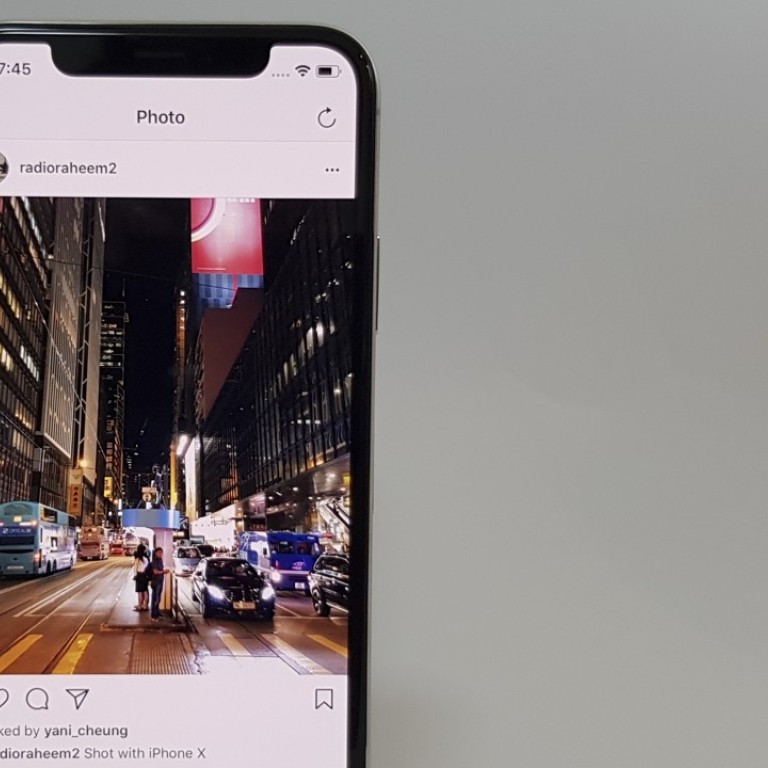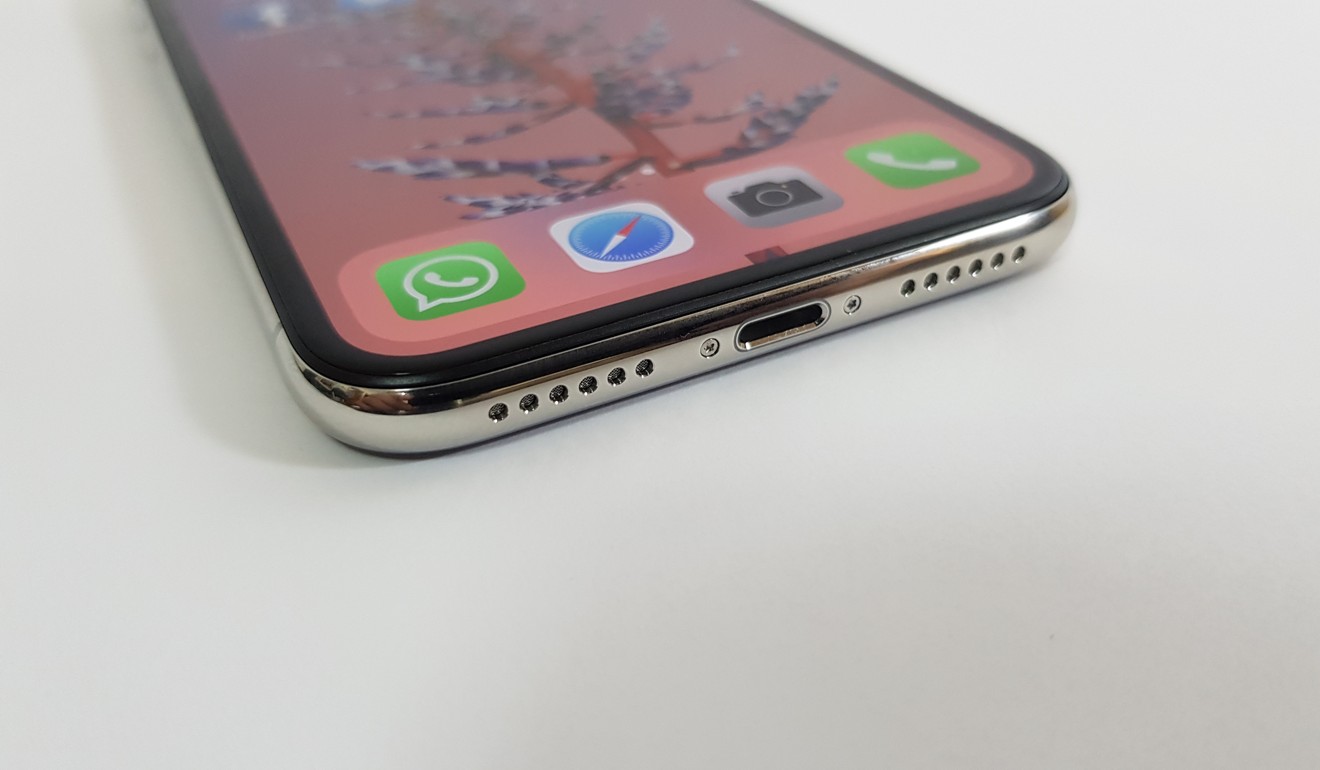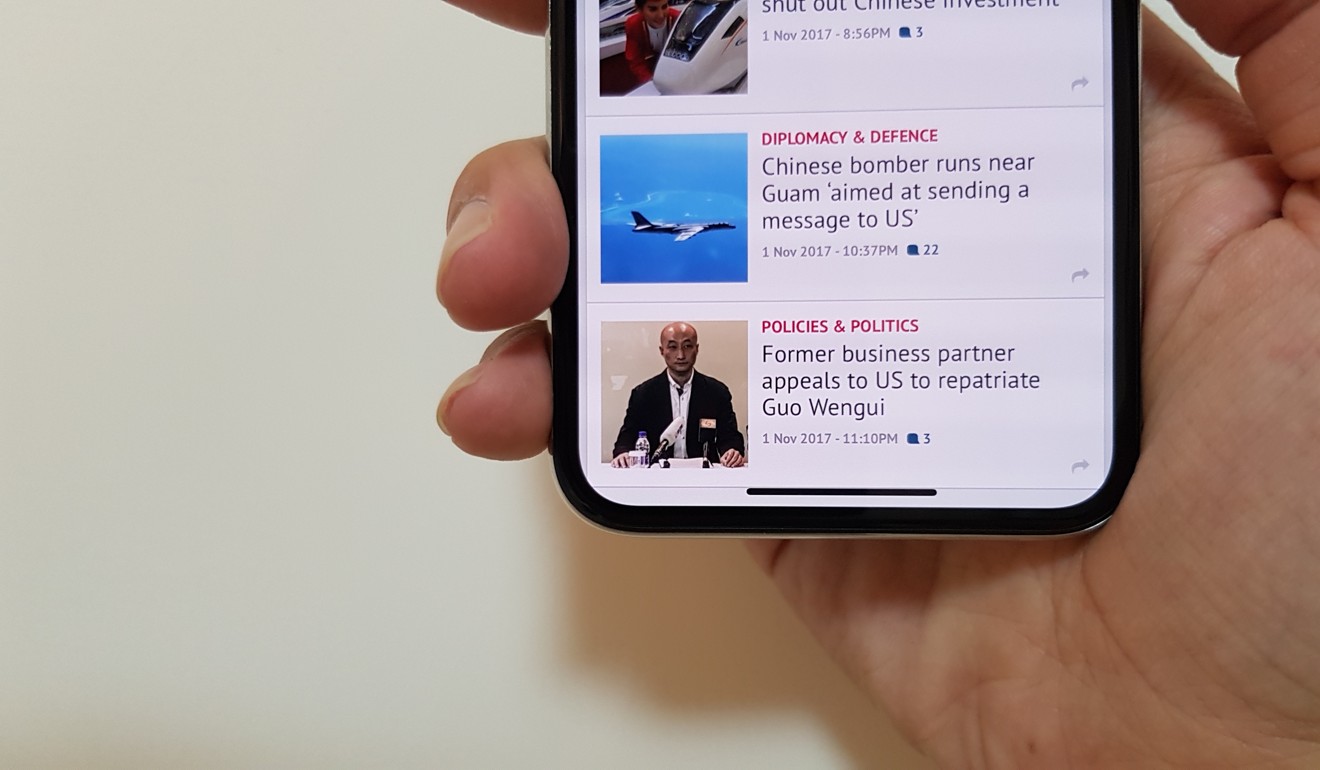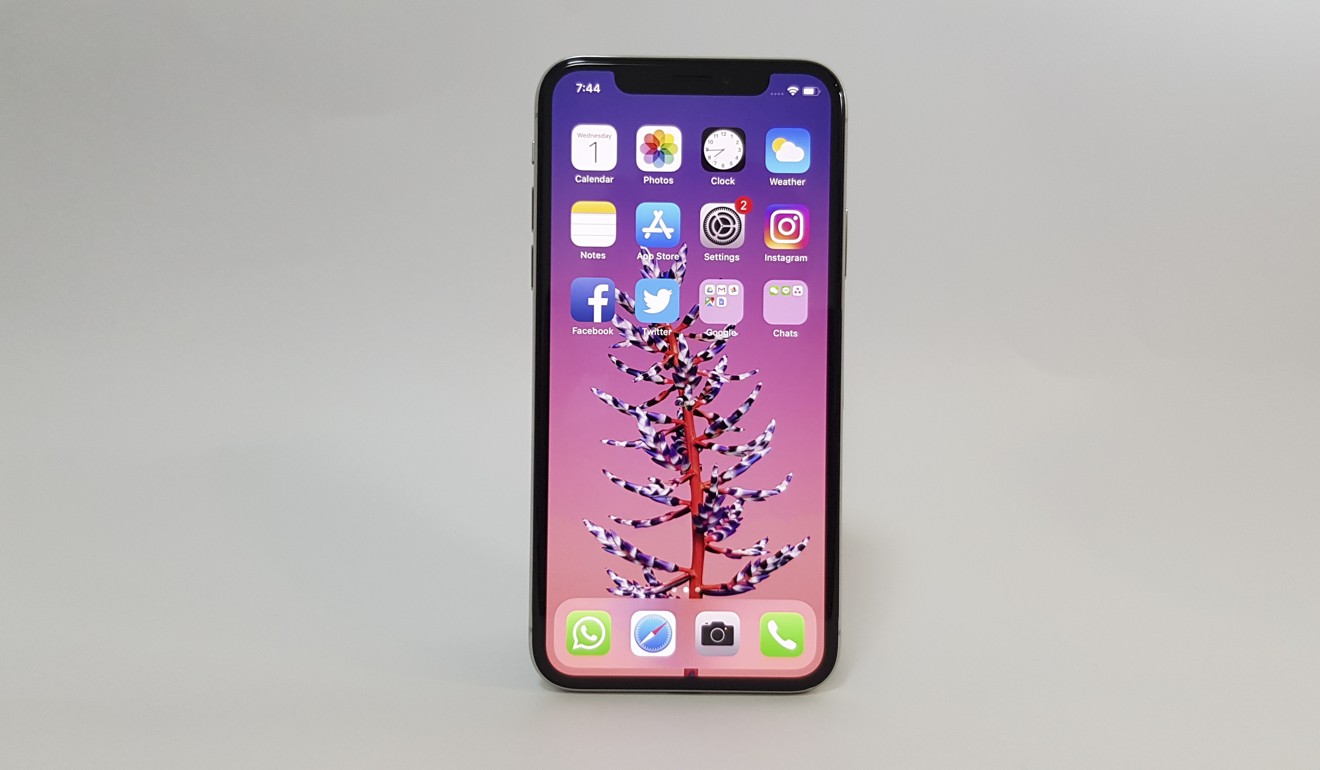
Apple iPhone X first impressions: top display, OK camera, but will fans get used to losing home button and fingerprint scanner?
With new-look handset, Apple catches up with Android world of bezel-less, all-screen, button-free smartphones controlled by swipes, and takes a leap ahead with impressive 3D facial recognition that works in total darkness
It is not hyperbole to say Apple changed the world 10 years ago with the release of the original iPhone. Sure, mobile phones, even ones with computing functionality, had existed before that. But the iPhone changed everything by taking what was a niche geek product and making it mainstream, and eventually our most crucial personal item.
This month, Apple is trying to do it again with the iPhone X, and though this is the freshest, most impressive looking iPhone in seven years (since 2010’s iPhone 4), the competition is now very stiff.
Why iPhone X doesn’t have much of an edge in looks – Samsung and Chinese manufacturers went bezel-free in spring 2015
Let’s start by talking about the elephant in the room: with the iPhone X, Apple has belatedly joined the bezel-less, all-screen movement, and it is most welcome. The 5.8-inch “Super Retina” (Apple’s words) display is an OLED panel sourced from Samsung, and although Apple engineers are understandably trying to play down that by insisting that the displays are custom-designed in house after purchase, this is great news for Apple fans.

Samsung’s OLED panels are considered the best in the world by every conceivable measure (Google’s phone, the Pixel 2 XL, has been going through a PR nightmare due to less-than-stellar OLED panels sourced from Samsung rival LG), and the iPhone X’s display, with additional tweaks from Apple’s True Tone software, is just about flawless.
Review: LG V30 smartphone – superb photos and gorgeous display top off a hard-to-beat package
Blacks are inky, the dynamic range hit all the marks, and at 640 nits the display is significantly brighter than that of the recently released iPhone 8, whose LCD panel has probably been dealt a death blow. It would be hard for Apple to market LCD screens on next year’s iPhones after everyone has seen the X.
Since the display takes up almost the entire front of the device, save for a small notch at the top that stores a variety of sensors, the iconic iPhone home button has been eliminated.

Using a phone with no physical buttons may be old news to Android users, but for iPhone loyalists this will be like learning to walk again. For a decade that circular button has been the centre of the iOS universe; now iPhone X users will have to get used to various degrees of swiping from the bottom of the screen: a fast swipe up to go home; a slower one with a pause to bring up a list of opened apps; a swipe down to activate the awkwardly named “Reachability” one-hand short cut.

There’s a persistent black bar at the bottom of the screen – it’s there almost all the time, disappearing only when watching full-screen videos – to remind you where to swipe. As an Android user used to unlimited customisation I find the black bar annoying and an eyesore, but Apple being Apple, there is no way to get rid of it.
Huawei Mate 10 first impressions: ‘intelligent’ phone’s NPU chip can run AI and an internet-free digital assistant
Another big change is that the X does away with Apple’s trusty and superfast fingerprint scanner to unlock the device. In its place is facial recognition named Face ID, and the tech behind it is cutting-edge – Apple has placed an infrared projector in the handset’s top notch that shoots 30,000 tiny, invisible dots into your face. These dots, along with the front-facing camera, map your face, thus creating a 3D image of it that makes Face ID much harder to fool than simple 2D face-unlocking methods (found on some Android phones such as the LG V30).

Face ID works surprisingly well and rapidly. I was able to unlock the phone in a completely dark room, wearing a hat, and even sunglasses. Still, it isn’t faster than a well-placed fingerprint scanner. The difference is less than half a second, but unlocking our phones is something we do hundreds of times a day.
Samsung Galaxy Note 8 full review: top-of-the-line specs and great dual-lens camera – but how much do you need them?
The camera set-up on the iPhone X is almost exactly the same as on the iPhone 8, and in early testing the camera captured scenery and general photos well, but not any better than top Android shooters such as those on the Huawei Mate 10 Pro or LG V30.


As is usual with Apple devices, the iPhone X is buttery smooth, but not all apps have been optimised for the X’s new display. We’ll have a more in-depth look in our full review.

